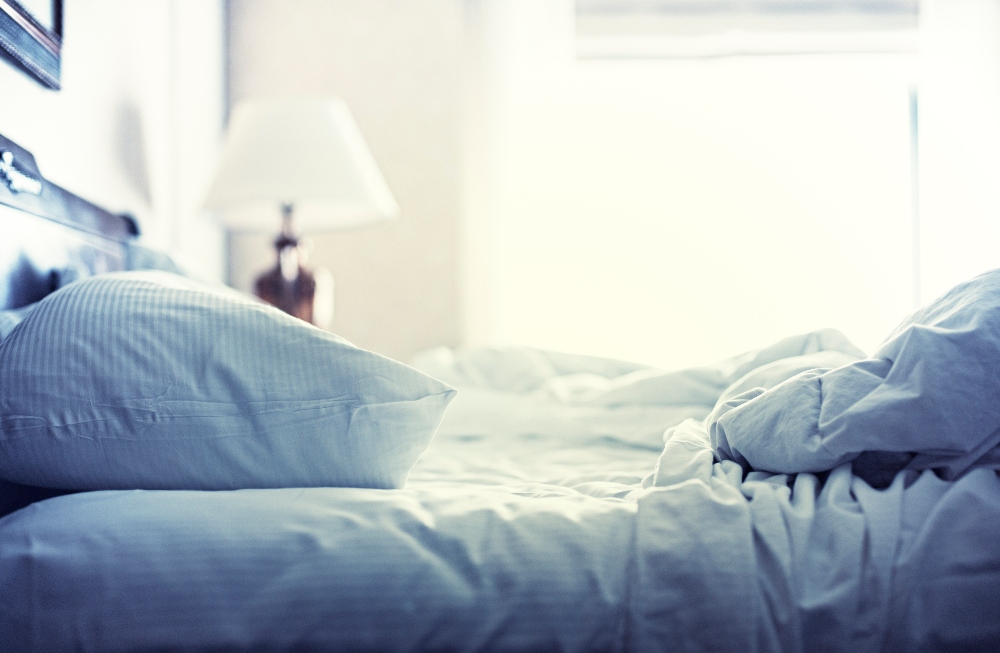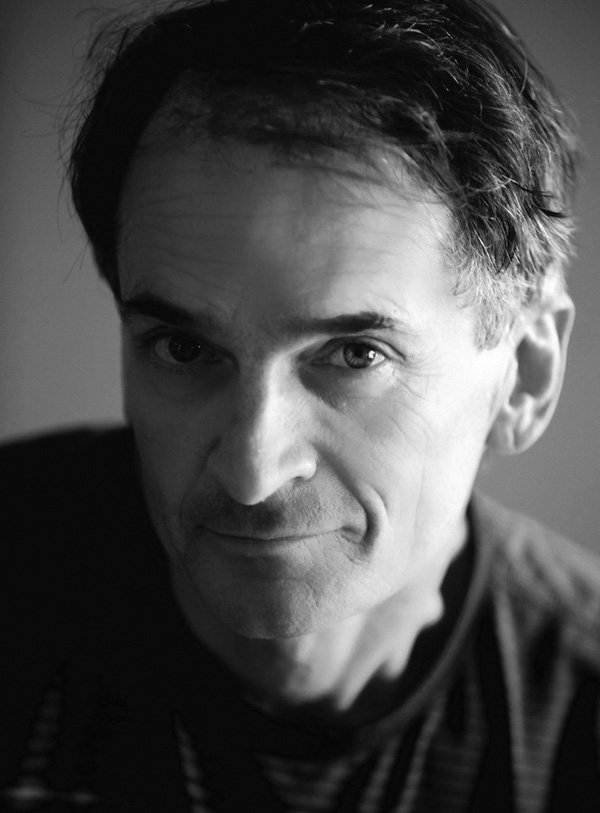
by Lucinda Staniland
In a restless world, sleep has become something of an elusive creature. Increasingly few of us get enough deep, restful sleep and as a society, we’re starting to see the consequences in our declining physical and mental health.
My personal experience of sleep has changed dramatically in recent years. After a lifetime of watching TV, using computers and being exposed to artificial lighting in the evening, I started to become conscious of how profoundly this affected my sleep.
I began to embrace a more relaxed, low-tech evening rhythm. I started using candles and amber lightbulbs to light my home, and engaging with books and gentle yoga practices instead of Facebook, Youtube, and the latest TV series.
The result? Better sleep. MUCH better sleep! Deeper, longer, more refreshing and so nourishing.
So when I heard that Mark Stephens, a reformed insomniac and renowned yoga teacher, was writing a book about sleep and yoga, I was intrigued to read his take on our modern epidemic of sleep issues, and how we can address it with lifestyle changes and yoga practices. Specifically, I was keen to hear more from Mark, about his favorite rituals and the nitty-gritty of how different asana, breathing exercises, and meditations can impact sleep.
Q&A with Mark Stephens, author of Yoga for Better Sleep
You note that and one out of every two adults across all developed countries are sleep deprived. What are the consequences of sleep deprivation for our health and wellbeing?
Sleep deprivation has far-reaching consequences for one’s health and well-being, including for all-cause mortality, Alzheimer’s disease, anxiety and fear, depression, learning and memory, emotions and mood, motor skills, immune system function and more.
What is “sleep hygiene”? And why is it important?
Sleep hygiene consists of basic lifestyle choices that can enhance the quality and quantity of sleep. It starts with creating healthy daily rhythms, including the opportunity to sleep for 7-8 hours per night and having consistent times for going to bed and getting up. Eating dinner no later than 2-3 hours before bedtime, minimizing bright light exposure within two hours of going to bed, minimizing alcohol intake within one hour of going to bed, engaging in calming activities such as reading or conversing within the last two hours of going to bed, creating a cool, dark, comfortable sleep paradise, and maintaining regular exercise during the day all contribute to our sleep hygiene.
In your book, you discuss routines like bedtime, napping and morning rituals. Can you talk about one of your own favorite rituals and how it impacts your sleep?
One of my favorite evening rituals is to write a brief set of reflections on the day that’s about to pass and the one soon to come. After this I usually read or share in lighthearted conversation. In the morning I tend to wake with the sunrise, as do my two cats with hungry bellies. I feed my cats and get on my yoga mat for my regular morning practice of meditation and pranayama (saving my asana practice for mid-afternoon)
Can you talk about the relationship between cognitive science, somatics, and yoga in treating sleep issues?
Cognitive science is providing increasingly detailed and nuanced explanations of how specific mechanisms and processes in the brain cause sleep as well as what occurs in the brain during sleep or with sleep deprivation. It is also increasingly confirming many of the assertions made in somatic theory regarding embodied thoughts and emotions. Yoga provides a technology for cultivating greater awareness of the wholeness of our bodymind, which can help us in releasing unnecessary tension in our tissues, including tension that has cognitive roots.
You explore how postural yoga sequences, meditation tools, and breathing exercises can all help with better sleep – what are your favorite practices to recommend to people struggling with sleep?
If struggling with sleep but not hyperaroused, depressed, and experiencing breathing disorders, I like the Basic Sleep Sequence in Chapter 4 of Yoga for Better Sleep. It’s a simple, accessible postural practice accompanied with breathing and meditation exercises designed to induce sleepiness.
What tips do you have for folks coping with disturbed sleep due to chronic pain?
A common tendency is to address the related sleep issues rather than the underlying pain. I recommend first trying to identify the cause of the chronic pain and then addressing that cause with informed postural yoga practices that address specific areas of pain with specific asanas that target that area. Mindful meditation can sometimes help with chronic pain by allowing us to be a little more at ease even with the pain.
About Mark

Bestselling author Mark Stephens is a reformed insomniac who once believed that sleeping five to six hours per night was a blessing of the gods. Now he is a healthy eight-hour-per-night sleeper! Stephens is also a master teacher trainer and the author of titles including Teaching Yoga, Yoga Sequencing, Yoga Adjustments, and Yoga Therapy. He has practiced yoga for more than 25 years, taught for more than 20 years, and for the past 17 years has taught workshops for teachers and students focused on working with common student injuries, ailments and special conditions. He regularly teaches on these and related topics at conferences across North America and Europe and served on the Yoga Alliance Standards Committee from 2012 to 2014. His writing has appeared in Yoga Journal, Yoga International and Elephant Journal, among other outlets. He lives, practices yoga and writes in Santa Cruz, California. For more information visit: http://www.markstephensyoga.com.
Leave a Reply